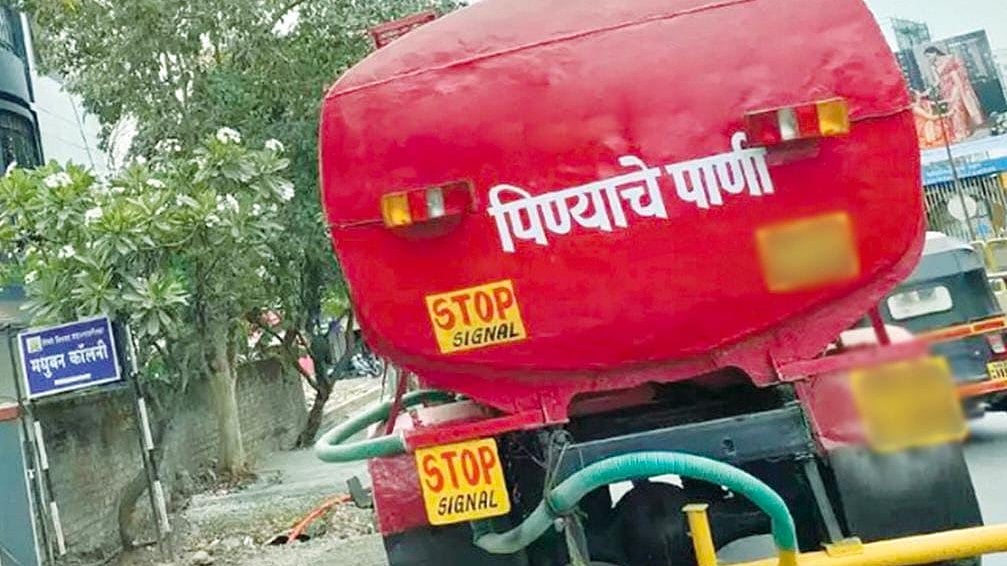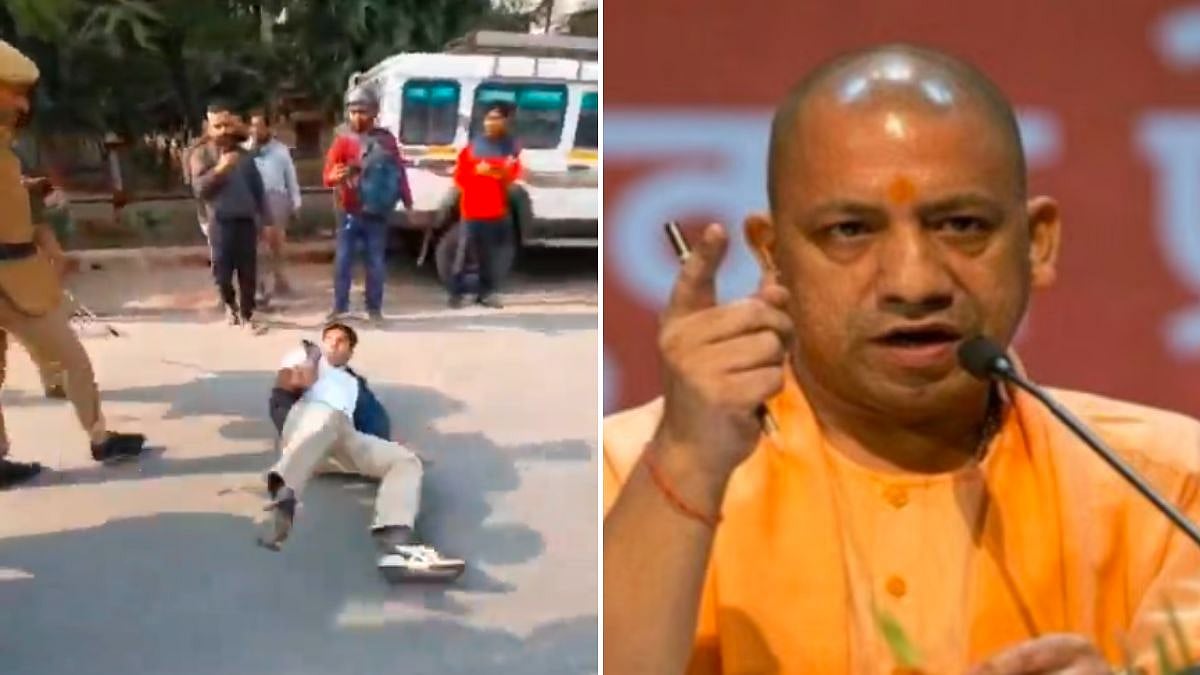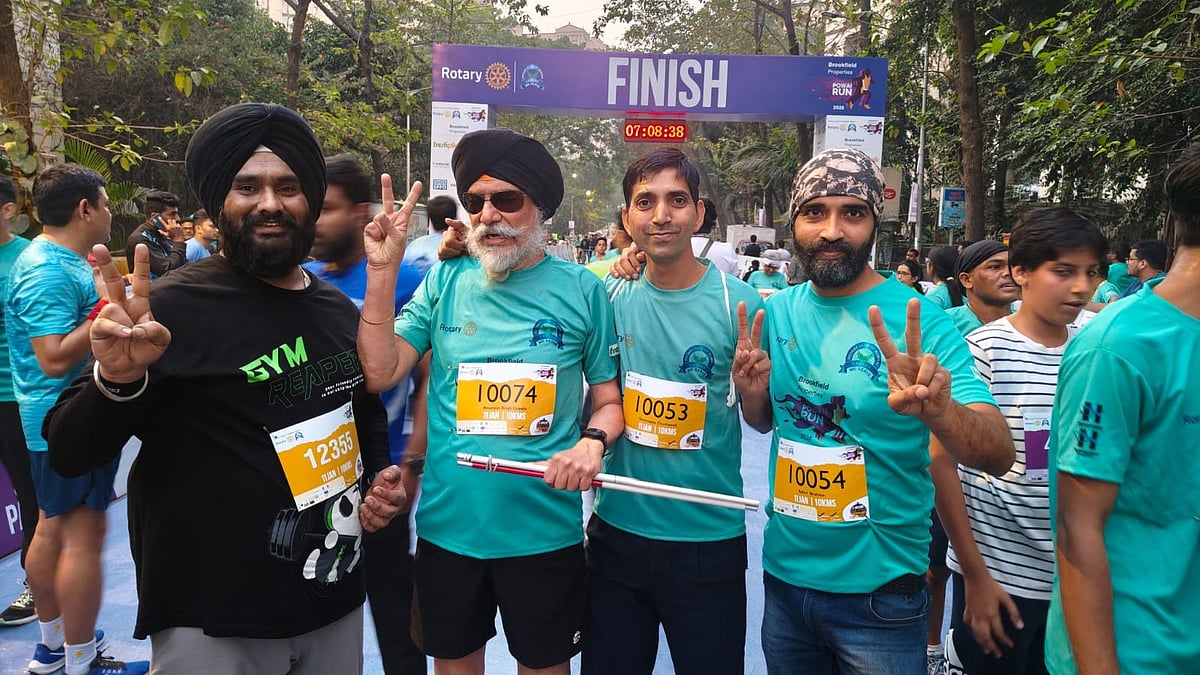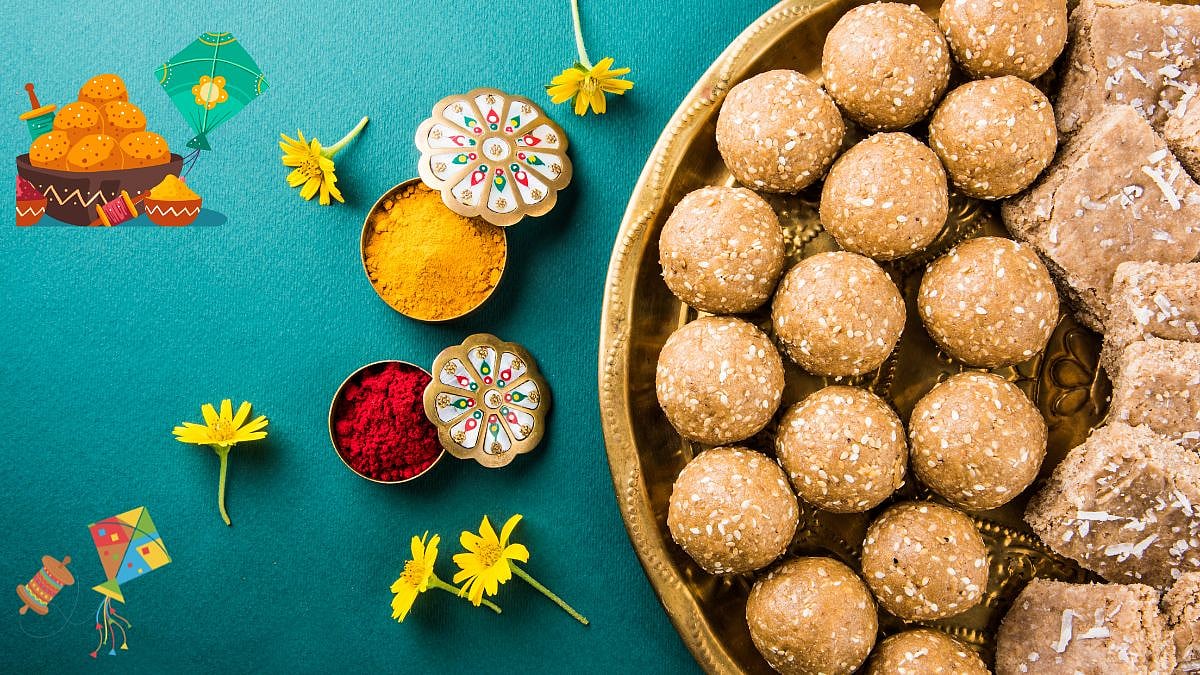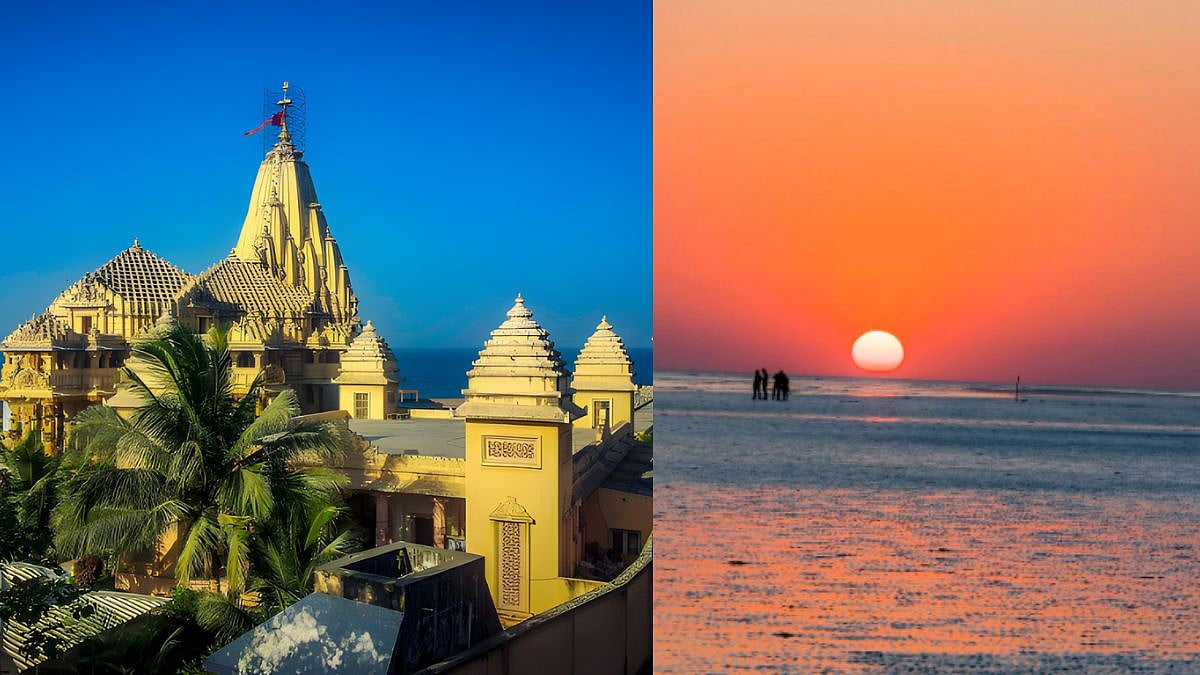As per the Hindu Vedic calendar, the 11th day of every lunar fortnight is observed as Ekadashi. The auspicious day occurs during the two lunar phases in a month, Shukla Paksha and Krishna Paksha. And while there are over 24 Ekadashis in a year that hold a special significance and are associated with different incarnations of Lord Vishnu, the Devshayani Ekadashi of the Ashada month, Shukla Paksha, has a greater spiritual significance, because it marks the beginning of Chaturmas, the holy period of four months.
The Devshayani Ekadashi, which is also known as the Maha Ekadashi, will be observed today by Hindus across the country. This Ashadi Ekadashi also has a special significance for the Vaishnavas, the devotees of Lord Vishnu and his avatars.
As per ancient scriptures, it is believed that Lord Vishnu, ‘The Preserver’, goes in the state of deep sleep for four months in Ksheersagar, the cosmic ocean of milk, resting on the Shesha Naga, the cosmic naga who is hailed as the king of all snakes. And while the Preserver falls asleep, ‘The Destroyer’, Lord Shiva takes charge of the Universe.
After sleeping for straight four months, the Lord wakes up in the month of Kartik on Prabhodini Ekadashi. Lord Vishnu’s act of waking up from slumber is also known as Devotthan, which marks the end of Chaturmas.
On the auspicious day of Devshayani Ekadashi, a huge procession of pilgrims, known as Pandharpur Ashadi Ekadasi Waari Yatra culminates in Pandharpur, Maharashtra. Here, devotees arrive to worship their Vitthal, another avatar of Vishnu worshipped in Maharashtra, is also fondly called as ‘Vithoba’ by devotees.
Fasting is one of the important aspects of Ekadashi. Hence, devotees observe full or partial fast on Devshayani Ekadashi. Devotees abstain from consuming onion, garlic, meat, rice, wheat, lentils, and legumes, etc., and have milk and fruits instead.
People who observe this Ekadashi wake up two hours before sunrise, on the Brahma Muhurat. Take bath (some add Ganga Jal to their bath water if available), wear fresh clothes, do dhyana (meditation), and take Sankalpa, that is pledging to keep the vrat and following the rituals sincerely, chanting Vishnu mantras like ‘Om Namo Bhagvate Vasudevaye’, as much as possible. These are some of the key rituals that devotees perform on Ashadi Ekadashi.
Devotees worship Lord Ganesh first and then invoke Lord Vishnu. A diya or brass lamp is lit, Jal (water), pushpa (flowers), dhoop (incense) and naivedhya (fruits and cooked food) are offered to Lord Vishnu. Reading the Devshayani Ekadashi Vrat Katha or Vishnu Sahasranam or simply doing the naam jaap (chanting of Lord Vishnu’s name) is done.
In the evening, after offering sweets, fruits and flowers and worshipping Lord Vishnu with incense sticks and diya, to conclude the puja, Vishnu aarti is performed by devotees along with the family members.

